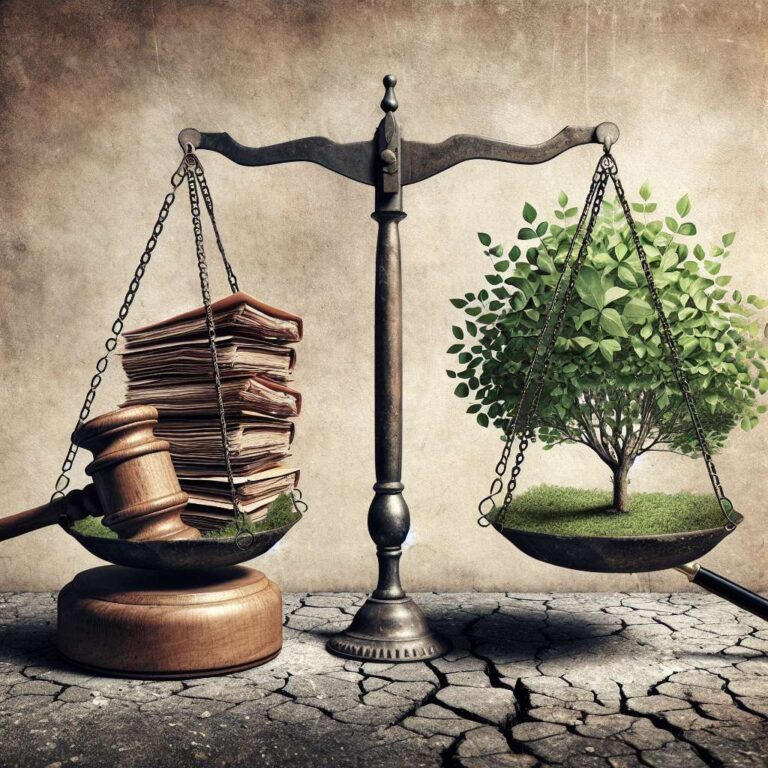The US Environmental Protection Agency (EPA) has unveiled a proposal to reverse the endangerment finding, a crucial rule from 2009 that serves as the legal backbone for federal regulation of greenhouse gas emissions. EPA administrator Lee Zeldin announced the move, which directly challenges the agency´s authority to combat climate change. The endangerment finding, rooted in the Clean Air Act of 1970 and upheld by a landmark 2007 Supreme Court decision, has enabled the EPA to set emissions limits on vehicles, power plants, and other polluters.
This legal framework was established after the Supreme Court concluded that greenhouse gases qualify as pollutants detrimental to public health. The Obama administration´s decision to formalize this recognition allowed successive regulatory actions targeting climate-warming emissions. Now, the proposed reversal argues that the Clean Air Act does not, in fact, empower the EPA to address global climate change through emissions standards. Zeldin called it the ´largest deregulatory action in the history of America,´ signaling a dramatic shift in federal climate policy.
The proposal is expected to undergo public commentary followed by a finalized version, likely facing legal challenges and an eventual Supreme Court review. Legal experts, such as Stanford´s Deborah Sivas, warn that dismantling the endangerment finding would severely limit the federal government’s ability to address climate change. Unlike efforts that disputed the science, the current EPA argument focuses on statutory interpretation, potentially simplifying the Supreme Court´s decision-making process. The move reflects broader efforts by the Trump administration to dismantle climate policies, underscoring the fragility of US climate action which largely hinges on a single legal precedent. Critics argue that without clear congressional mandates, the EPA´s regulatory capacity remains precariously vulnerable, despite the urgency of climate threats faced by the United States—the world´s largest historical emitter of greenhouse gases.

